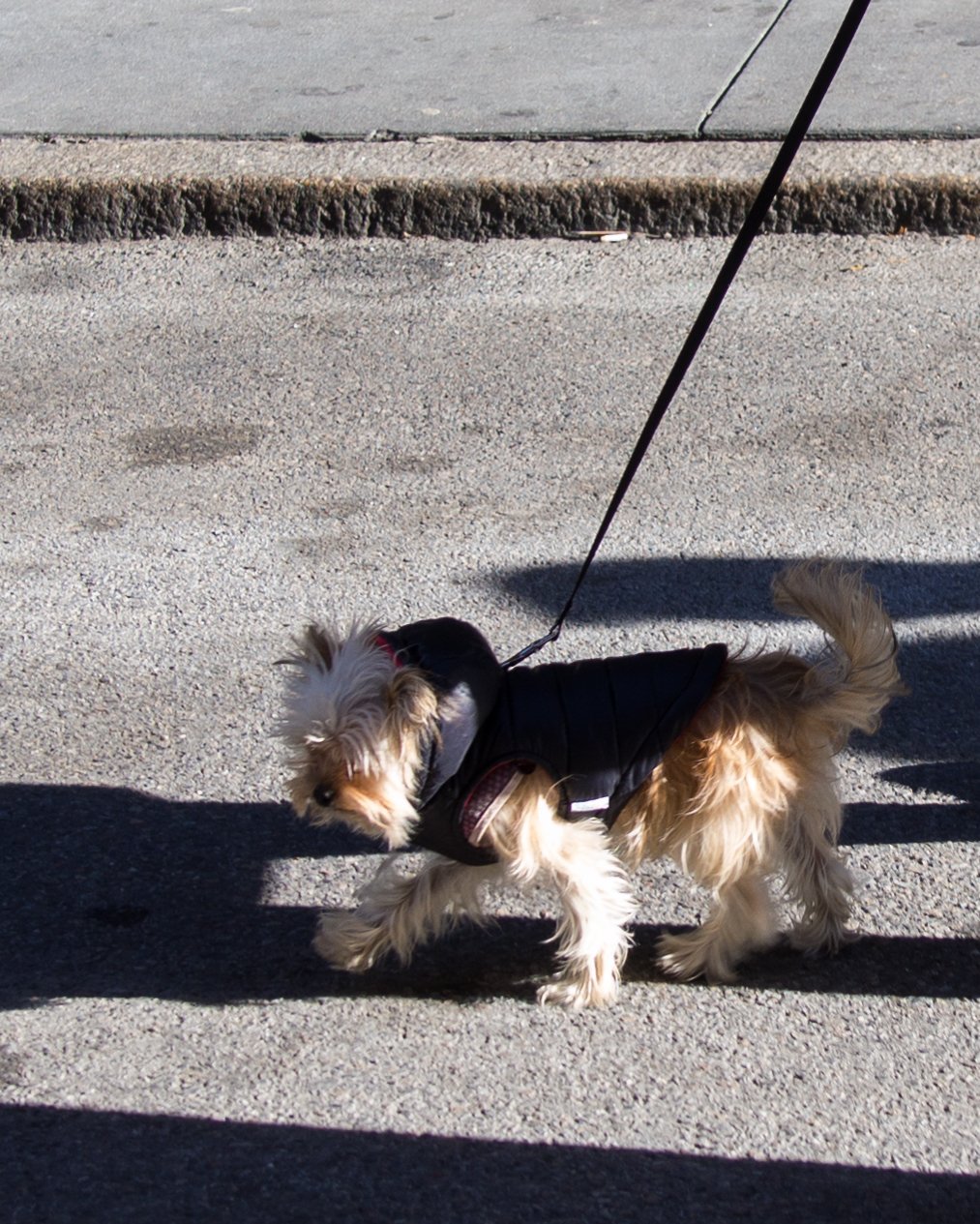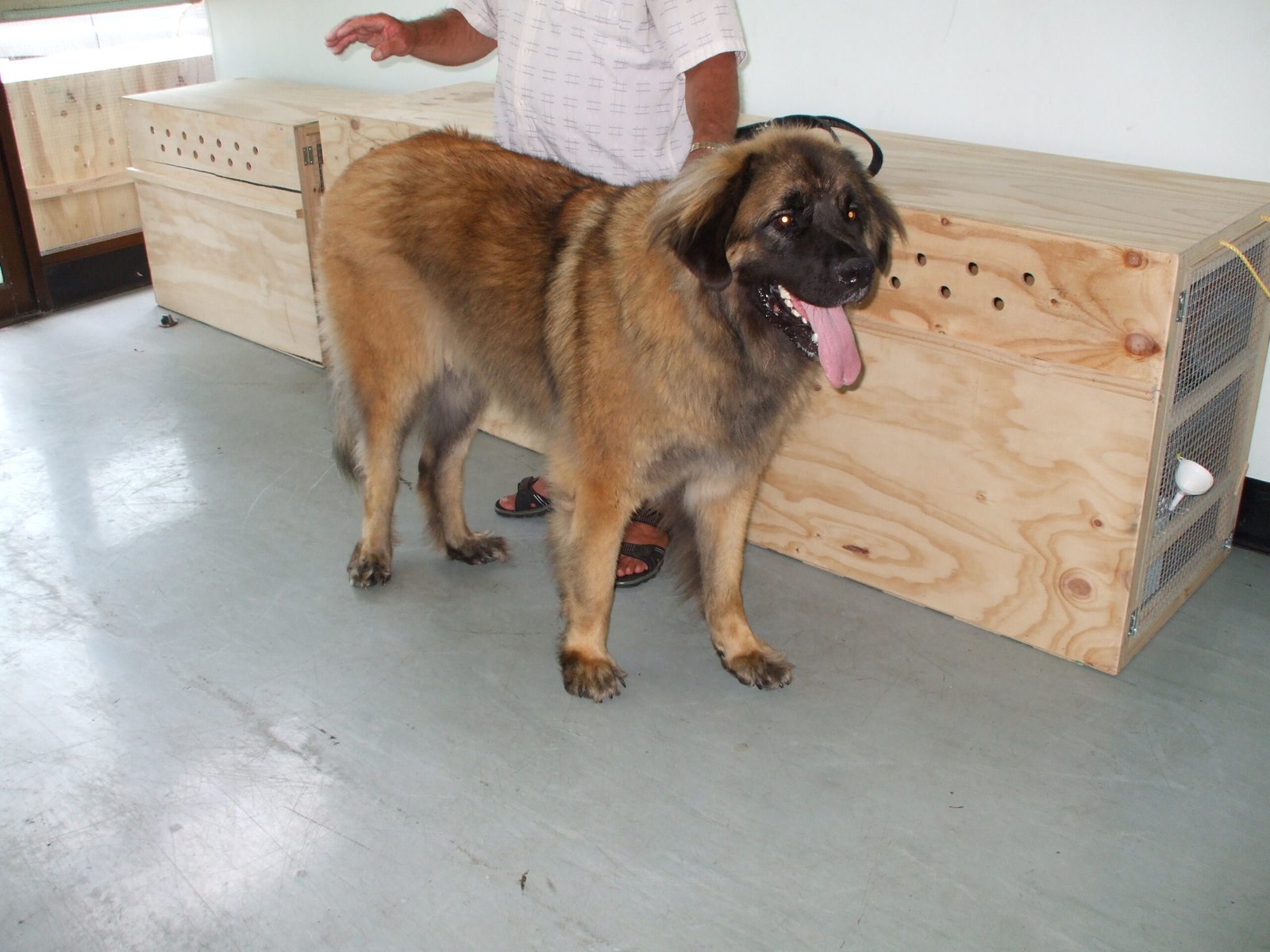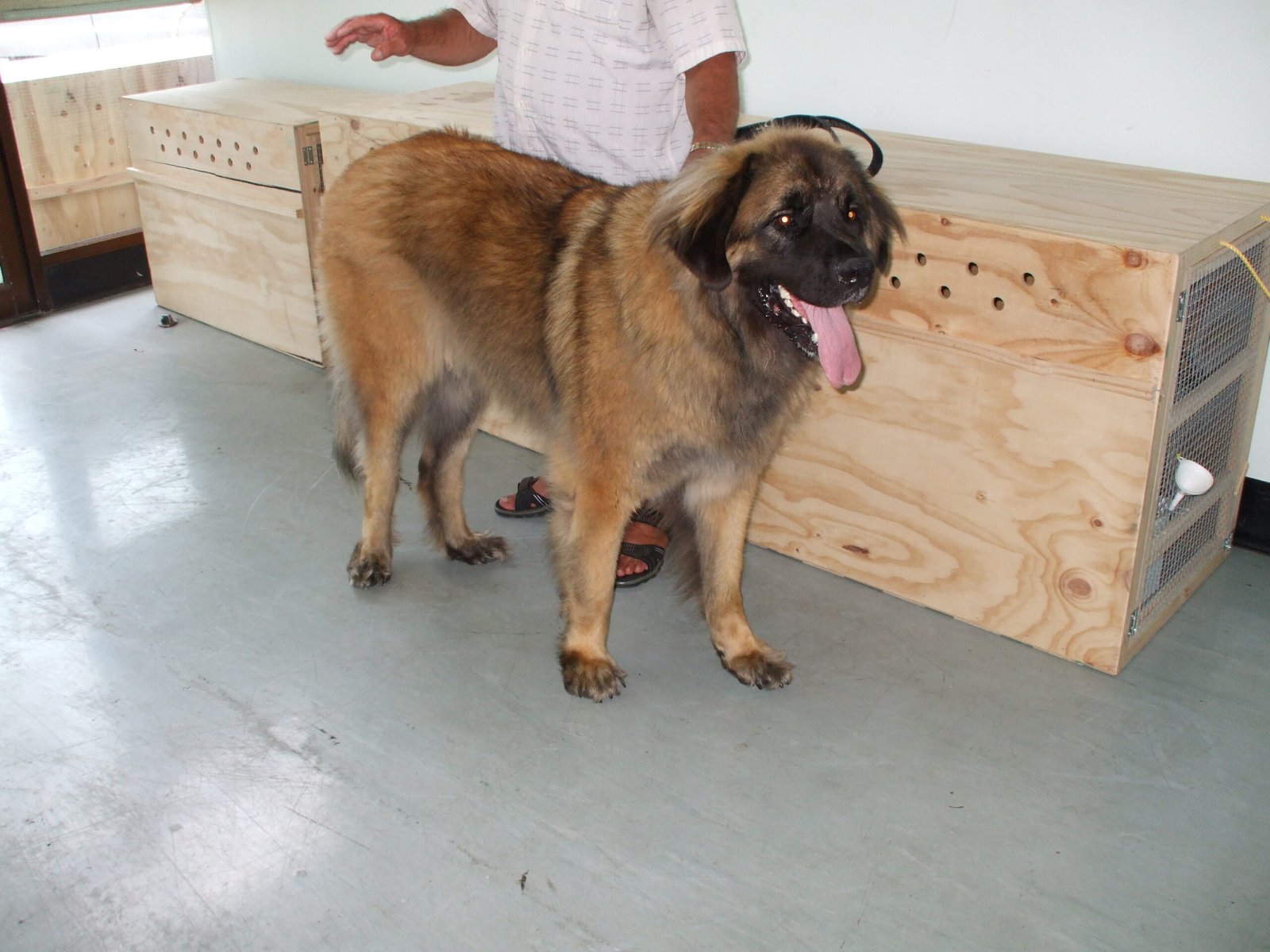Traveling with your furry friend can be a delightful experience. Dogs, after all, are not just pets; they are family. However, embarking on a long journey with them requires careful planning and consideration to ensure their safety and comfort. For dog lovers, the thought of leaving their pet behind during a long trip is unimaginable. But with the right preparations, you can ensure that both you and your canine companion enjoy the adventure. Here are 12 tips to help you travel long distances safely with your dog.
Plan Ahead for Your Trip
Before hitting the road or boarding a plane, it’s crucial to plan. Start by researching the accommodations and destinations you plan to visit. Make sure they are pet-friendly. Some hotels and lodgings have specific pet policies, so it’s always good to call ahead and confirm. Also, think about the mode of transport. If you’re flying, check airline regulations regarding pet travel. For road trips, map out your stops to ensure regular breaks for your dog. Planning ahead not only ensures a smoother journey but also reduces stress for both you and your pet.
Visit the Veterinarian
A visit to the vet should be on your checklist before any long journey. Ensure your dog is up-to-date with vaccinations and has a clean bill of health. This is especially important if you’re traveling internationally, as some countries have specific vaccination requirements. Discuss any health concerns and consider asking for a health certificate, which might be required by airlines or hotels. Your vet can also provide advice on motion sickness or anxiety that your dog might experience during travel.
Pack Essential Supplies

Packing for your dog is as important as packing for yourself. Make a list of essential supplies such as food, water, bowls, a leash, and any medications your dog might need. Don’t forget their favorite toys and a blanket, as familiar items can provide comfort and reduce anxiety during the trip. A first-aid kit tailored for pets is also a must-have. Include items like bandages, antiseptic wipes, and any specific medications your vet might recommend.
Ensure Proper Identification
Accidents can happen, and your dog might get separated from you during the journey. To prepare for this, ensure your dog wears a collar with an ID tag that includes your contact information. Microchipping is another effective way to ensure your pet can be identified and returned to you if lost. Update the microchip registry with your current contact details before traveling. Having recent photos of your dog on hand can also be helpful if you need to alert others to help find your lost pet.
Choose the Right Travel Crate

A sturdy travel crate can be a lifesaver when traveling long distances. It keeps your dog safe and secure during the journey. When selecting a crate, ensure it’s well-ventilated and large enough for your dog to stand, turn around, and lie down comfortably. Familiarize your dog with the crate before the trip. Allow them to spend time in it at home, so they associate it with safety and comfort rather than confinement. This will make the actual travel experience less stressful.
Plan Frequent Breaks
If you’re traveling by car, schedule regular breaks to let your dog stretch their legs, relieve themselves, and drink water. A good rule of thumb is to stop every two to three hours. These breaks are also a great opportunity for some playtime, which can help burn off excess energy and keep your pet calm. Remember to always keep your dog leashed during these stops to prevent them from running off in an unfamiliar location.
Maintain a Routine
Dogs thrive on routine, and maintaining a semblance of their daily schedule can help reduce anxiety during travel. Try to feed and walk your dog at the same times you would at home. Familiar routines can provide a sense of normalcy and comfort, making the journey less daunting for your furry friend. Carry portions of their regular food to avoid any dietary upsets and try to stick to their regular feeding schedule as much as possible.
Keep Them Calm
Travel can be stressful for dogs, especially if they are not used to it. It’s essential to keep them calm throughout the journey. Consider using calming products such as pheromone sprays or anxiety wraps. Playing soft music or talking to them in a soothing voice can also help. If your dog is prone to severe anxiety, consult your vet about possible medications or natural remedies that can aid in relaxation without causing drowsiness.
Hydration is Key
Just like humans, dogs need to stay hydrated, especially during long trips. Always have fresh water available for your dog and encourage them to drink regularly. Dehydration can lead to health issues and make your pet uncomfortable. Portable water bowls or bottles designed for dogs can make it easier to offer water during the journey. Monitor your dog’s hydration levels by checking if their nose is wet and ensuring they urinate regularly.
Be Prepared for Emergencies
Despite the best preparations, emergencies can happen. Research veterinary clinics along your travel route or at your destination. Having a list of nearby vets can be invaluable if your dog falls ill or gets injured. Keep your vet’s contact information handy and know the location of the nearest 24-hour animal hospital. Being prepared can help you act quickly and effectively in case of an emergency.
Respect Others and the Environment
When traveling with your dog, it’s important to be considerate of others and the environment. Always clean up after your pet, whether on a hiking trail, at a rest stop, or in a hotel. This not only shows respect for others but also helps maintain a clean and enjoyable environment for everyone. If you’re in a shared space, ensure your dog is well-behaved and doesn’t disturb others. Training your dog to respond to basic commands can be helpful in managing their behavior in public spaces.
Enjoy the Journey Together
Finally, remember that the journey is as important as the destination. Enjoy the time spent with your dog and use the opportunity to bond and create memories. Take pictures, explore new places, and enjoy the little moments. A positive attitude can make the journey enjoyable for both you and your pet. Traveling with your dog can be a rewarding experience that strengthens your bond and provides both of you with unforgettable adventures.
In conclusion, traveling long distances with your dog requires careful planning and consideration, but the experience can be incredibly rewarding. By following these tips, you can ensure that your journey is safe, enjoyable, and memorable for both you and your furry companion.

Born and bred in South Africa, a Capetonian at heart. Amy-Leigh’s love for nature and animals was inherited from her Dad. He loves taking the family on road trips to experience nature at its finest; Amy-Leigh’s favourite being whale watching in Hermanus and spotting Kudu along the West Coast. Amy-Leigh holds a BA in English Literature and Communication Studies.






